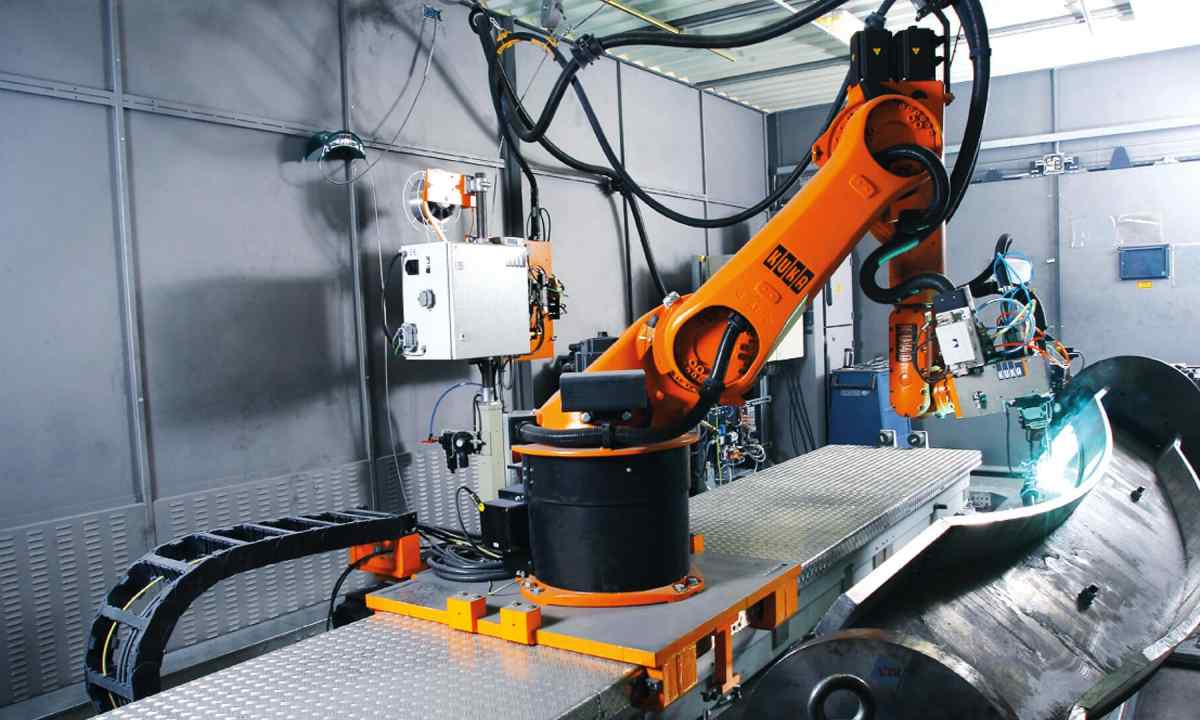Hydrofobization allows to protect facades from moisture. It is separated into surface and volume. In the first case the components are applied with brush or airbrush on ready surface. In the second case the special structures are added to composition of construction material
At construction of buildings there is always relevant problem of preservation of functional performance for longer time. It is relevant also taking into account that the majority of modern construction materials have honeycomb and predisposition to abundant absorption of water. At evaporation of moisture of salt are shown on surface that becomes the reason of emergence of wall saltpetres. Besides, there are sites subjecting to aggressive environmental activity. For protection of material hydrophobisators are used. They do not allow walls to absorb water.
Types of hydrofobization
Before mastering technology, it is necessary to define for itself the most suitable look. Process is surface and volume. In the first case the special means is applied on the surface of facades. The volume look assumes use of special structures in the course of production of the material. One of the most effective methods is association these two technician.
Hydrofobization is carried out for materials which perfectly absorb moisture:
- brick;
- gas concrete;
- concrete;
- tile;
- cement and sand plaster.
Those which are created on the basis of silicon and silicone are considered as the most effective remedies. They prevent moisture absorption, but their use does not become cause of infringement of air exchange of facade of the building. There are several versions. Among them there are water emulsions, organorastvorimy and water-soluble.
Structures with silicon connections keep the properties long time. They get into material depth up to 15 mm. On surface the polymeric layer in the form of film is formed. It is impenetrable barrier to moisture. Water absorption of brick at the same time decreases by 20 times.
Conditions necessary for effective hydrofobization silicone materials
On sale it is possible to meet means which can be made active in different ways:
- Type 1. Activization of substance requires carbon dioxide and water. The protecting cover both as a result of interaction of molecules among themselves, and due to "suspension" on material is formed. By-product – carbonate.
- Type 2. It is necessary to have water vapors. Act as by-product to steam of alcohol. They through material time.
- Type 3. Shows the maximum activity if in material there are hydroxylic groups. They are available practically in all modern building materials. By-product – insignificant amount of gaseous hydrogen which quickly disappears through time.
- Type 4. Transfer of the main substance to active phase requires the specialized catalyst and vapors of water. The structure of by-product depends on type of the chosen substance.
Rules of drawing hydrophobisator in the superficial way
Before work the surface is cleaned from pollution, mold, fungus, carefully dried up. For putting mix it is necessary to prepare the roller, the spray and brush in advance. For receiving better are sewn up solution it is put until water does not cease to be absorbed in material.
After drawing impregnation the surface should be dried within a day at above-zero temperature, to carry out inspection on water repellency. Pay attention: experts do not recommend to apply material under paint. The last will lay down nervously. The wall is processed by solution only after carrying out coloring. If in facade there are cracks, before processing they should be closed up.
It is important to adjust works depending on ambient air temperature. All carried-out manipulations have to conform to regulatory requirements. Attentively read the instruction of the producer. When processing considerable surfaces the application of airbrushes and sprays is admissible.
Normally the spray, with brush or sponge puts the first layer. Its task is to get into material as it is possible more deeply. It is the best of all to leave material for 1.5 hours for drying. After that the procedure repeats. During its carrying out it is necessary to watch that there were no smudges and drops.
Technology of gate-type hydrofobization
This technician allows to protect laying from moisture which arrives on capillaries. Work consists of several steps:
- At an angle in 45 degrees in the direction openings are from top to down drilled. Their depth has to be 80% of wall thickness.
- Openings are blown for cleaning from construction dust.
- In spurs the hydrophobisator is forced. If wall dry, then it is possible to enter structure without forcing. In the return case pressure in 4 atmospheres is relevant.
- Next day after impregnation of opening are filled construction with solution with addition of the hydrophobisator.
Volume hydrofobization
Such approach is effective as it allows to distribute evenly substance on all volume of the made product. It increases characteristics of the final product. For example, hydrofobiziruyushchy substance leads to the fact that water absorption of foam mortar in 48 hours decreases by 12 times.
When using such approach it is necessary to dose precisely the used structures – the excess of substances can become the reason of reduction of durability. In concrete solutions 0.05 - 0.15%, are entered into plaster – up to 5%. At production of cement slurry the hands it is necessary to remember that additives dilute solution therefore the water-cement ratio has to be reduced by 0.05%. To sweep away all components are loaded into the mixer in standard order. The maximum allowed temperature of solution at the time of production cannot be more than 300 degrees.
